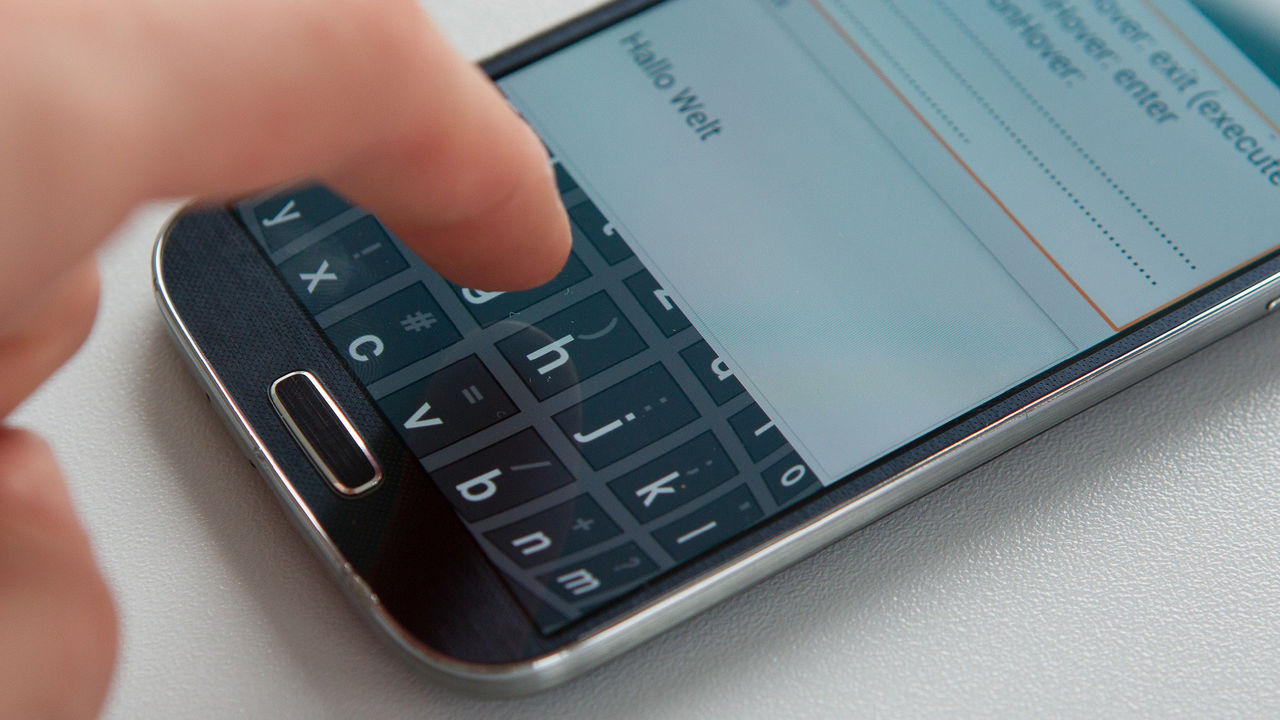HoverZoom
Text entry on mobile devices almost exclusively depends on using on-screen keyboards that base on touch interaction. HoverZoom uses pre-touch interaction to enlarge the keyboard to make it more readable and easier to use.
HoverZoom: Making On-screen Keyboards More Accessible Frederic Pollmann, Dirk Wenig and Rainer Malaka
Text entry on mobile devices such as smartphones or tablets almost exclusively depends on using on-screen keyboards that base on touch interaction. Due to the often limited space available on the touchscreen, the keys are displayed very small and are therefore hard to hit, especially in mobile scenarios or with users that do not have perfect eyesight. In our work we utilize a feature of some smartphones where a user's finger is detected before it touches the screen. This hover detection is used to enlarge the area of the keyboard under the finger to make it more readable and easier to use. A first working prototype exists and will be evaluated in the near future.
Frederic Pollmann, Dirk Wenig and Rainer Malaka (2014) HoverZoom: Making On-screen Keyboards More Accessible In CHI EA '14: Extended Abstracts of the SIGCHI Conference on Human Factors in Computing Systems, 1261-1266. ACM, New York, NY, USA. 10.1145/2559206.2581173 | BibTex
